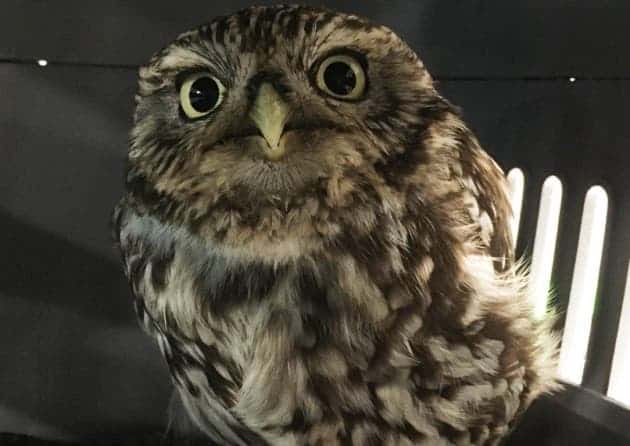A seemingly-injured owl brought into the Suffolk Owl Sanctuary last week turned out to be fine — but “rather chunky”.

The little owl (Athene noctua) was brought in by a landowner who believed she was injured. The bird was found in a ditch, grounded, and in a “soggy state”. However, upon closer examination, staff at the sanctuary discovered that it was “simply extremely obese” rendering her “unable to fly effectively”.
Suffering from success
“This is extremely unusual for wild birds to get into this condition naturally,” the Suffolk Owl Sanctuary explains in a blog post.
The owl — which wasn’t named and is awaiting release back into the wild — weighed 245g when brought in. The sanctuary, based in Stonham Aspal, says this is a third heavier than a typical, healthy female little owl. She was placed on a diet over several weeks to shed 20-30g.
The bird didn’t have identification rings or chips, and none of the locals reported losing an owl. The staff monitored the bird for “telltale” signs of life in captivity, such as familiarity with certain types of food. The owl seemed to prefer wild food types (such as dark mice), so the team concluded that this is “an unusual case of natural obesity!”
“Where she was found is very productive land, and it’s been a mild winter and there’s a lot of food around — voles, mice. We think she’s just done incredibly well for herself and overindulged,” Head falconer Rufus Samkin told the BBC.
“We may see her again — we hope not. Hopefully, she’s learnt to keep her weight in trim so she can escape any predators or being picked up.”
Was this helpful?



